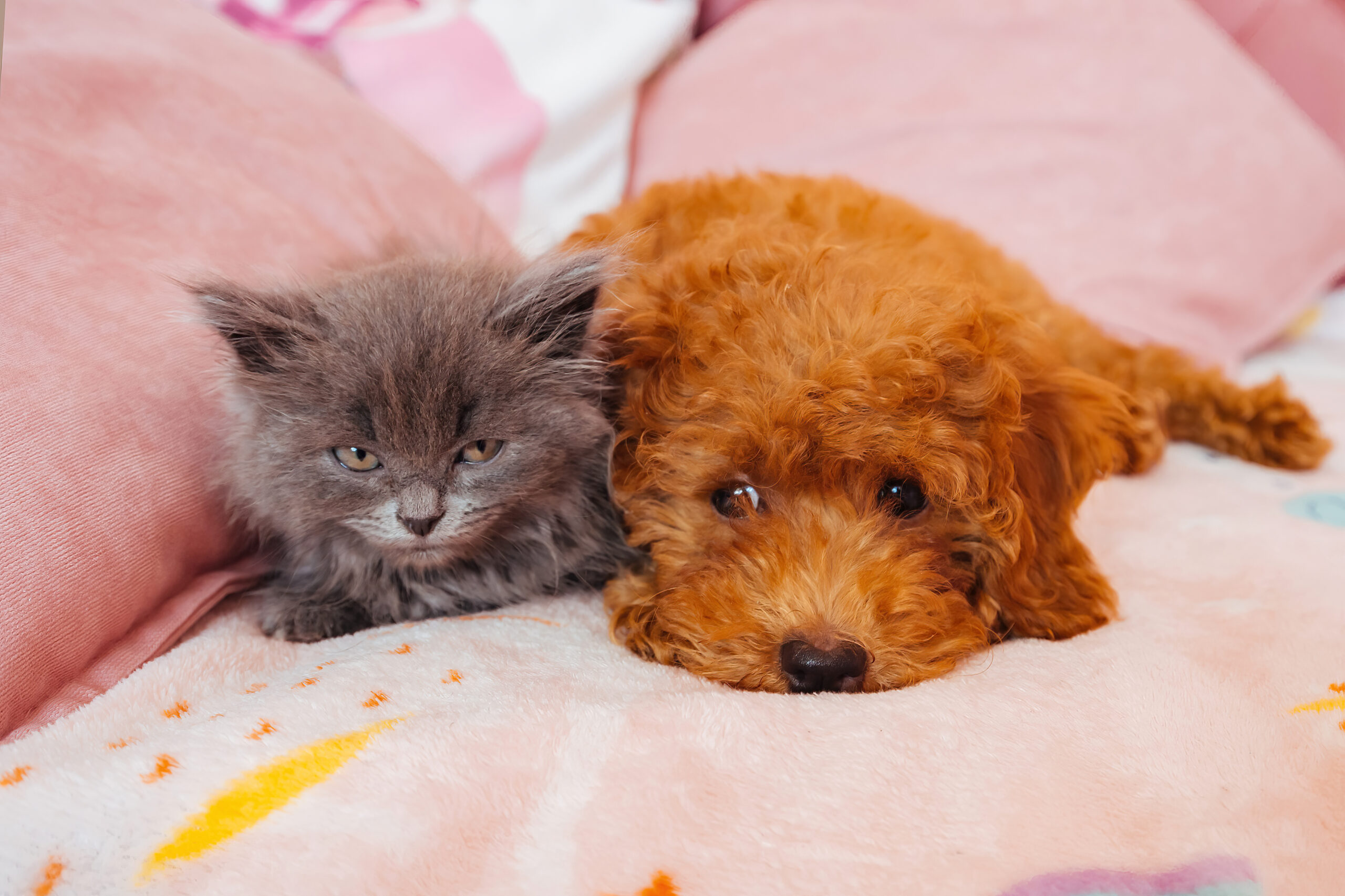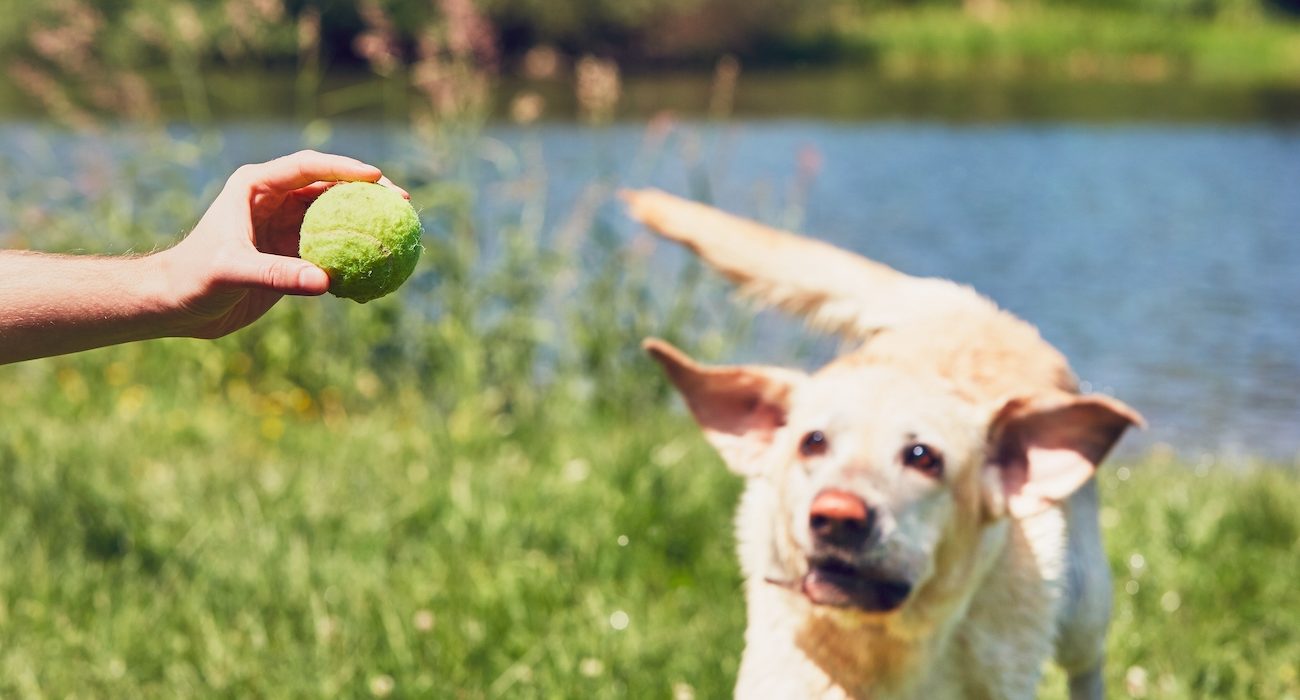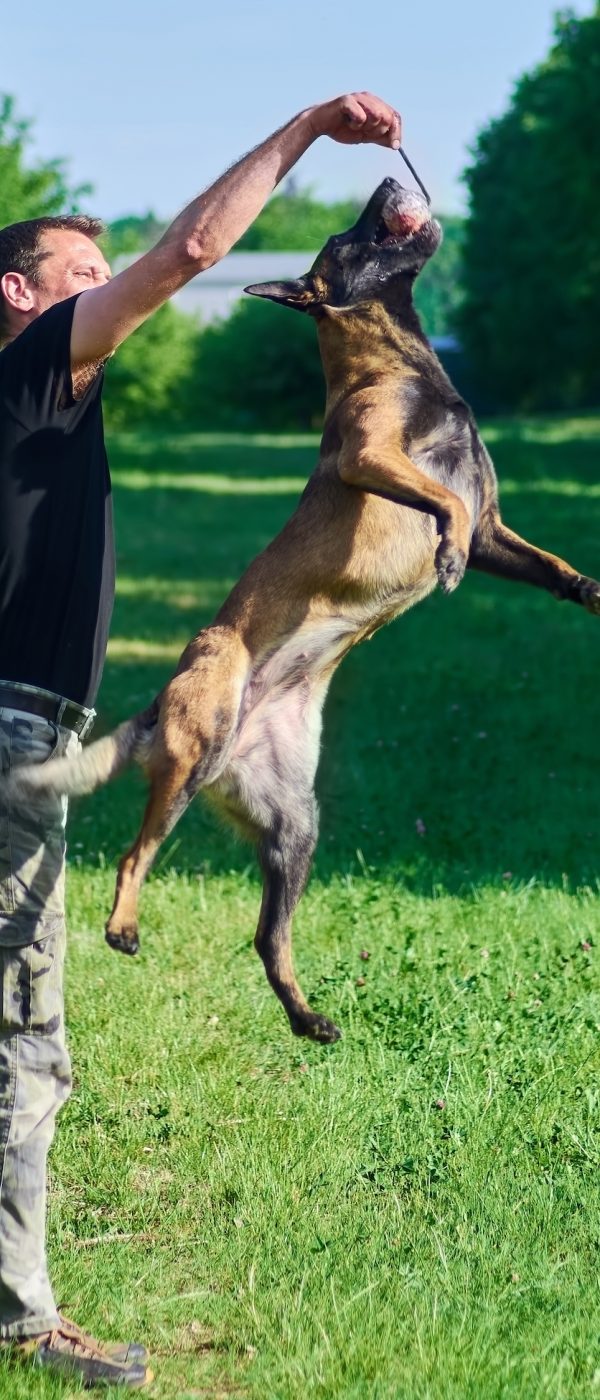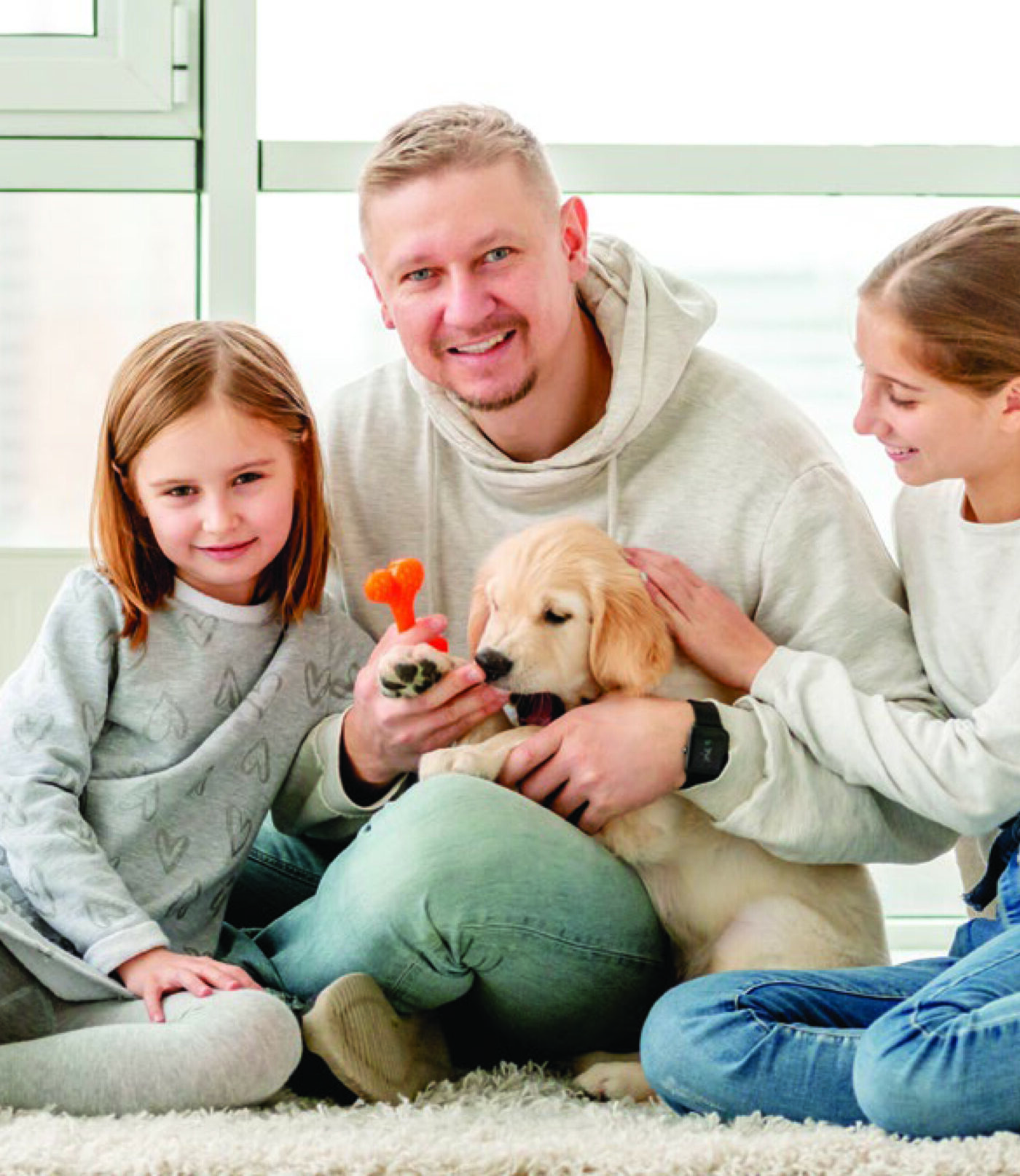Another member on this team became interested in flyball about 19 years ago from going to a pet expo and seeing a race for herself. She thought that it looked like so much fun and knew that her dog could probably do the same thing and would enjoy it. Since then, they have all been enjoying flyball with their dogs, and the fun that comes with it.
They say you must have 6-8 people to have a fully staffed flyball team. Each team has a minimum of 4 dogs on the roster. A full team will have a total of 6 dogs, including two backup dogs should any competitors get injured.
Tournaments typically have 4 heats per race, and 4 to 5 races per day and can equate to 30 to 40 races throughout the entire weekend. This completely depends upon how many dogs each human has and can sometimes end up being more or fewer races with that factor. Breeding a genetically dependable dog is the leading way to have proper flyball dog competitors. Of course, there is training but each dog needs to be bred specifically to be able to handle long runs and the agility of it all, otherwise, the training will be harder or even useless. The dog should have optimal health overall including their joint makeup and their weight. While higher competing dogs should be bred to a certain standard, any dog and their human can play flyball. The dog may not run as fast but just the fun of it can be reason enough to join but it is good to know that this sport is high intensity and the dogs run at a very high speed which can lead to a dog being harmed, especially if they are not in the best health or trained properly. The thing about flyball races is that it has nothing to do with the ball or the race itself but more so about the reward the dog will get at the end. There can be many types of rewards depending on that particular dog and what reward they love the most.
Because of the intensity of the sport, they are trying to improve the safety of the challenge as a whole. They do this by making the jumps wider and doing other things to improve the flyball course. This is imperative because as time goes on, dogs are being trained to run faster and faster. For example, one of the fastest teams would originally run at 16 seconds and now they complete the run in 14 seconds.
The course is 52 feet down and 52 feet back, the dogs do 4 jumps one way and 4 jumps back equaling to a total of 8 jumps and some of the dogs run so fast that they can finish the entire run in 3.4 seconds. Training the dogs that compete also consists of teaching them how to do the quick “swimmers turn” and how to grab the ball as soon as it is released by stepping on the pad. They can’t wait to catch the ball; the dog must be ready to actually grab it. The swimmer’s turn is taught in order to keep the dog safe and to help their speed. That way when they hit that pad at the end of the track, they don’t slam into it but rather make the quick turnaround. If a dog doesn’t have a smooth turn, it could increase the time they take to complete the race.
According to the members on this team, there are two goals when you are racing, to complete and get a certain number of points which can lead to different titles, and the second goal is to be the fastest team. Some teams just want to have fun, get the points, and win the titles while the other teams are more focused on speed and being faster than the rest. The points are given in a certain bracket so while you want the dog to run fast, you don’t want them to run too fast.












